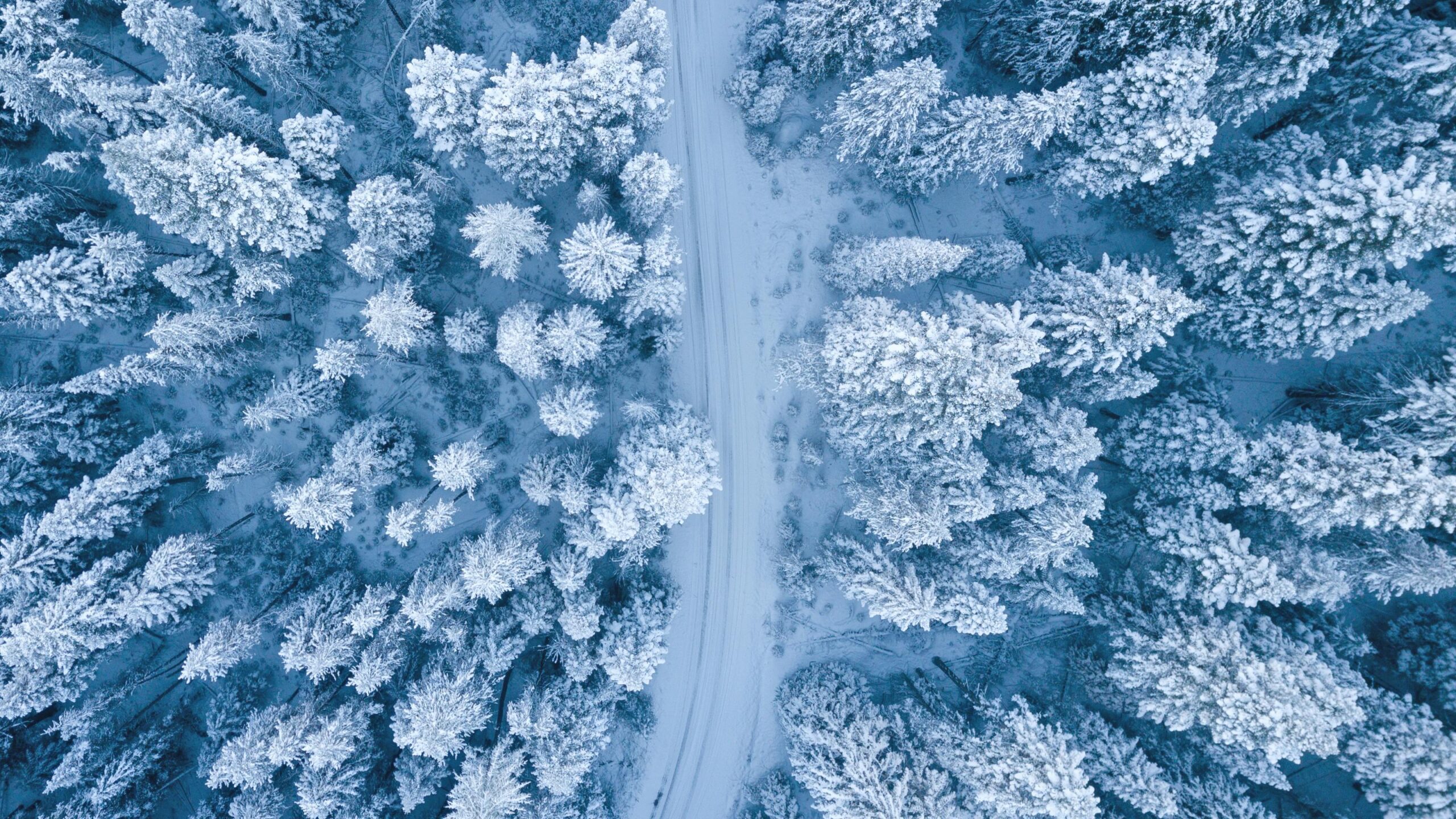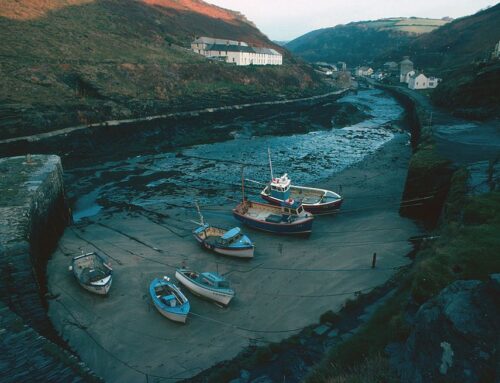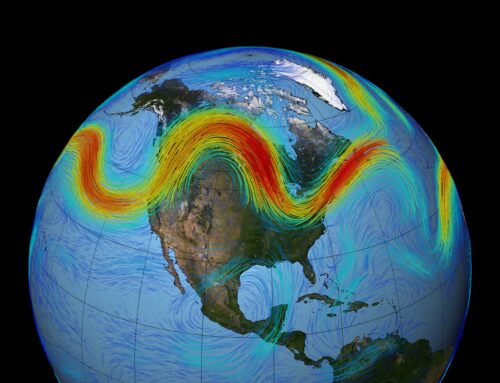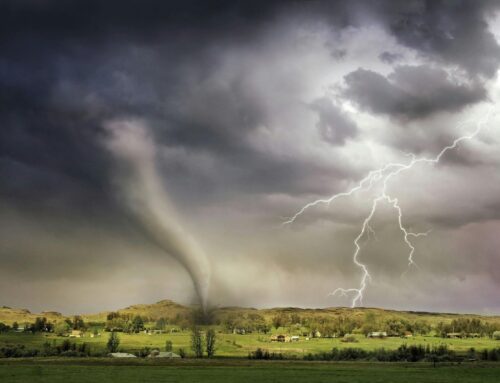Winter storms, with their frigid winds and icy precipitation, bring a unique set of challenges to various regions around the world. Each type of winter storm possesses distinct characteristics, contributing to the diverse range of weather phenomena experienced during the colder months. Before going over the different types of winter storms, let’s understand how winter storms are formed first.
How Do Winter Storms Form?
Winter storms form when cold and warm air meet. This usually occurs in areas with big temperature differences. The collision of the air masses causes instability in the atmosphere, which leads to the formation of clouds and precipitation. The intensity and duration of these storms depend on factors like moisture levels, wind dynamics, and atmospheric pressure.
5 Common Types of Winter Storms
Now that you understand how winter storms are formed, let’s explore the different types of winter storms and their defining characteristics.
1. Snowstorm
A snowstorm is a broad term used to describe any winter weather event where a significant amount of snow falls over a given area. Snowstorms can vary in intensity and duration, ranging from light flurries that dust the ground to heavy snowfalls that accumulate several inches or even feet of snow. Like any form of precipitation, snow forms when moisture is present in the air, and the air becomes saturated with moisture. For snow to form instead of rain, the air temperature must be cold enough to cause the excess moisture to form ice crystals instead of water droplets. Those ice crystals become the initial building blocks for snowflakes, and when enough of them have accumulated together to form snowflakes heavy enough for gravity to pull them to earth, we experience snowfall.
The impact of a snowstorm depends on factors such as temperature, wind speed, and moisture content. For example, heavy, wet snow can lead to downed trees and branches, power outages, and infrastructure damage due to the weight of it accumulating, also making it more difficult to shovel and plow. Light, fluffy snow, on the other hand, is typically less disruptive, but can cause issues with visibility and form large snow drifts if the snow is accompanied by strong winds.
 2. Blizzard
2. Blizzard
A blizzard is a formidable winter storm characterized by strong winds, low temperatures, and reduced visibility due to blowing snow. The defining feature of a blizzard is sustained winds of at least 35 mph, accompanied by falling or blowing snow that reduces visibility to less than a quarter of a mile for an extended period. The combination of these factors can create extremely hazardous conditions for all forms of transportation due to the disorienting nature of the blowing snow, often referred to as “white-out conditions.”
Blizzards mostly occur in regions with cold climates, such as the northern United States, Canada, and northern Europe, as well as in mountainous regions at high altitudes where colder temperatures and higher winds are common. The severity of a blizzard is determined by wind speed, snowfall rate, and the storm’s duration. For example, one of the most memorable blizzards in history, the Great Blizzard of 1888, didn’t have record-setting levels of snowfall in many places, but the sustained 45 mph winds and 36-hour duration of the storm created enormous snow drifts, the tallest at 52-feet in Brooklyn, NY, paralyzing the Northeast of the US for dayss.
3. Ice Storm
An ice storm occurs when freezing rain falls and coats surfaces with ice, creating hazardous conditions. Unlike snowstorms, where frozen precipitation falls in the form of snowflakes, ice storms pose a unique threat due to the formation of a layer of ice on various surfaces, including roads, power lines, and trees. The weight of the ice can lead to power outages, structural damage, and dangerous travel conditions.
Ice storms often occur in regions where a layer of warm air aloft exists above a sub-freezing layer near the ground. This temperature difference causes precipitation to fall as rain, which then freezes upon contact with the ground or other surfaces. The resulting glaze of ice can be extremely dangerous for both traffic accidents and personal injuries caused by slipping and falling.
4. Lake Effect Storm

Lake effect storms are known for their ability to produce copious amounts of snow over a short period, resulting in rapid accumulations. The snowfall can be highly localized, with significant variations in amounts just a short distance away from the affected areas.
5. Bomb Cyclone
A bomb cyclone, also known as bombogenesis, is a rapidly intensifying extratropical cyclone characterized by a significant drop in atmospheric pressure. Typically occurring in colder weather conditions, bomb cyclones are rapidly intensifying low-pressure systems in which the atmospheric pressure drops by at least 24 millibars within 24 hours, leading to strong and potentially damaging winds. The term “bomb cyclone” is derived from the explosive deepening of the storm’s central pressure, and they most commonly develop along the East Coast of North America and in the North Atlantic in colder months.
While they can theoretically form in any season, the temperature contrast between cold polar air masses and warmer air masses to the south tends to be more pronounced in the winter, providing favorable conditions for the development of these intense storm systems. They are notorious for their ability to bring about extreme weather conditions, including blizzard-like conditions and coastal storm surges.
Key Insights on Winter Storms
Winter storms present a diverse array of weather phenomena that challenge communities around the world. Understanding the distinct characteristics of each type of winter storm is crucial for effective preparation and response. Having the right instruments to measure different aspects of the weather, and track their changes, can be a great way to stay informed and ahead of the weather reporting on the local news. Learn more about our weather instruments and stations here, or continue reading about weather phenomena in our learning center.



 2. Blizzard
2. Blizzard







